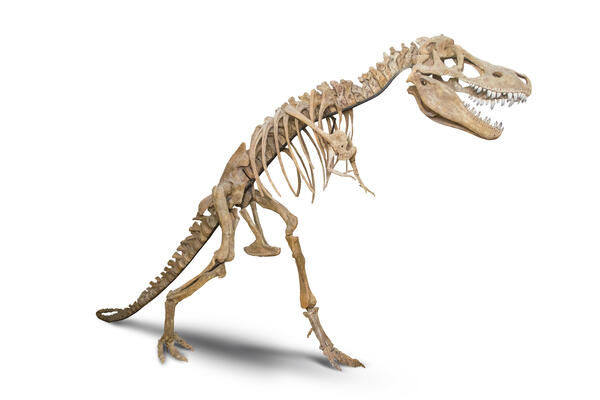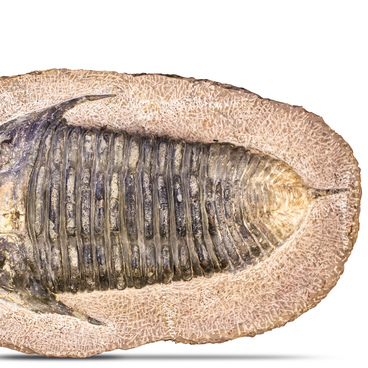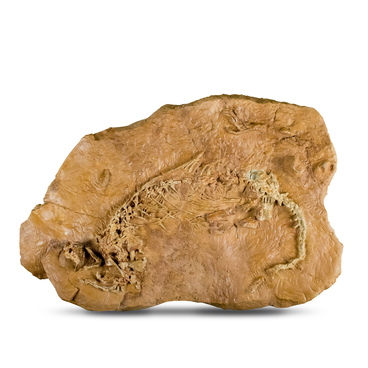Tarbosaurus was one of the largest predators on the planet and a close relative of the popular Tyrannosaurus. Tarbosaurus in Greek means terrible lizard.
These creatures lived on Earth about 65 — 70 million years ago. Despite their huge size — up to 12 meters in length — they could run fast, unlike other similar giants. Tarbosaurus lived in different places: forests, deserts, or semi-deserts. Its fossils were first discovered in China in 1955; paleontologists later found other skeletons in Mongolia.
The head of the Tarbosaurus was small compared to the body, and the neck was S-shaped. The rest part of the spine, including the tail, was horizontal. Its forelimbs were short, like those of other lizards of the Tyrannosauridae family, even smaller than the ones of Tyrannosaurus. It also had two fingers with curved claws on them. Some individuals had a third finger, which did not have any claw.
The three-toed hind limbs of the Tarbosaurus were long and powerful to support the entire body mass. The heavy long tail served as a counterweight to the head and torso; hence, the center of gravity of these dinosaurs was in the hips. Moreover, their vestibular system was well developed and it helped to keep the balance and the coordination of movement. That was vital for such huge lizards, since falling from a height of their weight, especially while running, could severely injure the skull or the lizard could die.
Tarbosaurus had a superior sense of smell that helped it to hunt easily. At the same time, its vision, like that of most of the reptiles, was poor. Due to its great physical strength, Tarbosaurus could attack even those creatures that were larger. For example, it could attack representatives of the genus of the Titanosaurus, whose length reached 35-40 meters. The predators inflicted mortal wounds to prey with their sharp teeth and tore meat with their powerful jaws. Tarbosaurus hunted 2-3 times a week. Smaller dinosaurs-scavengers ate the remains of their prey.
These creatures lived on Earth about 65 — 70 million years ago. Despite their huge size — up to 12 meters in length — they could run fast, unlike other similar giants. Tarbosaurus lived in different places: forests, deserts, or semi-deserts. Its fossils were first discovered in China in 1955; paleontologists later found other skeletons in Mongolia.
The head of the Tarbosaurus was small compared to the body, and the neck was S-shaped. The rest part of the spine, including the tail, was horizontal. Its forelimbs were short, like those of other lizards of the Tyrannosauridae family, even smaller than the ones of Tyrannosaurus. It also had two fingers with curved claws on them. Some individuals had a third finger, which did not have any claw.
The three-toed hind limbs of the Tarbosaurus were long and powerful to support the entire body mass. The heavy long tail served as a counterweight to the head and torso; hence, the center of gravity of these dinosaurs was in the hips. Moreover, their vestibular system was well developed and it helped to keep the balance and the coordination of movement. That was vital for such huge lizards, since falling from a height of their weight, especially while running, could severely injure the skull or the lizard could die.
Tarbosaurus had a superior sense of smell that helped it to hunt easily. At the same time, its vision, like that of most of the reptiles, was poor. Due to its great physical strength, Tarbosaurus could attack even those creatures that were larger. For example, it could attack representatives of the genus of the Titanosaurus, whose length reached 35-40 meters. The predators inflicted mortal wounds to prey with their sharp teeth and tore meat with their powerful jaws. Tarbosaurus hunted 2-3 times a week. Smaller dinosaurs-scavengers ate the remains of their prey.



